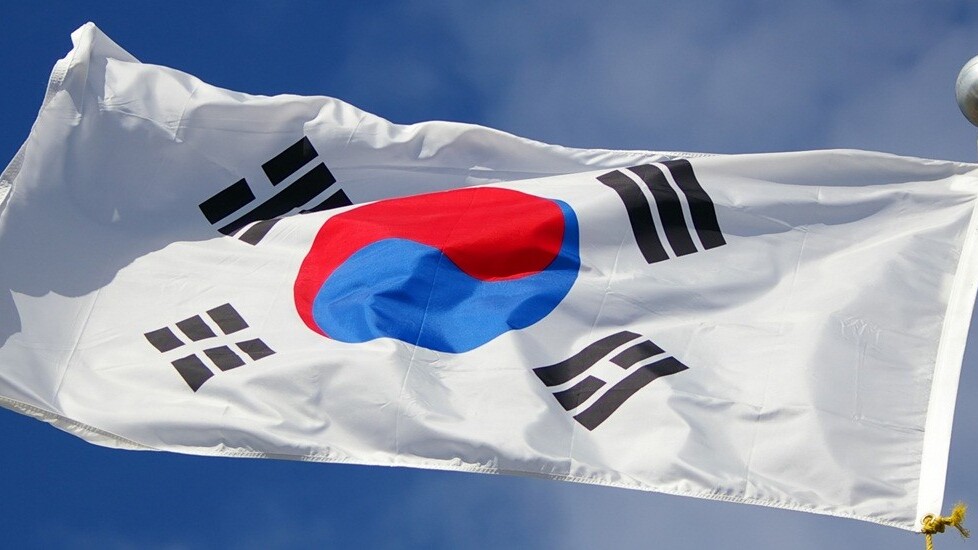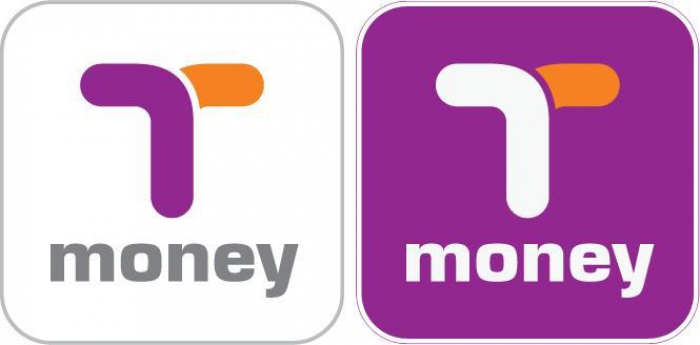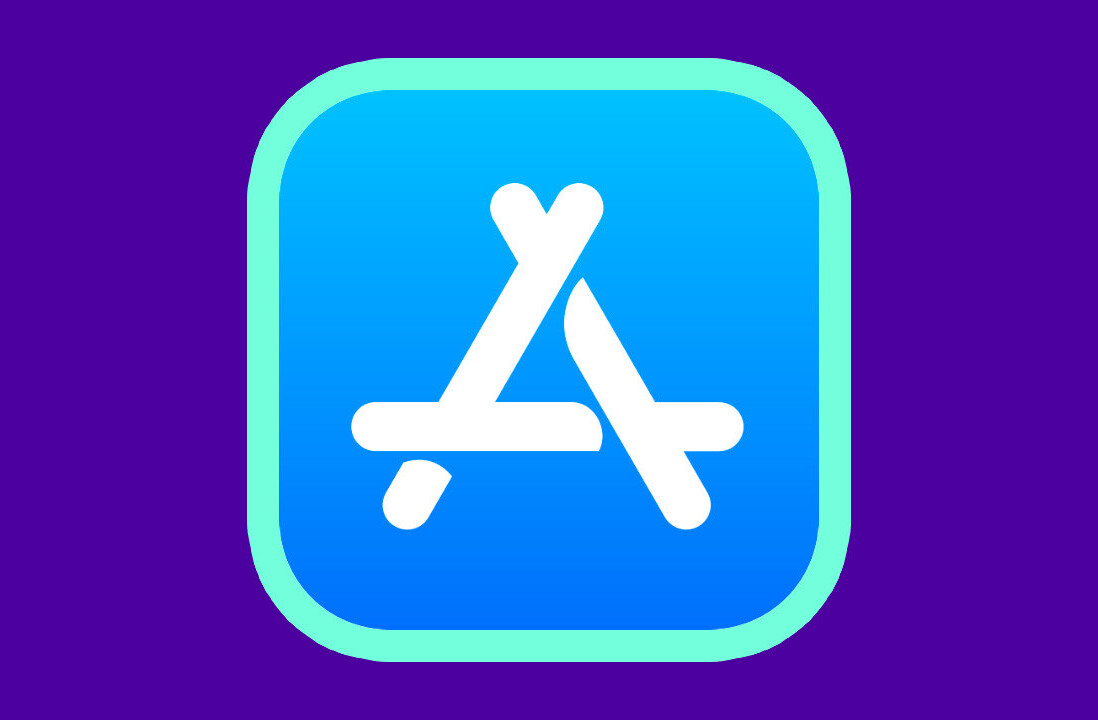
Jon Norris is a writer for TransferWise who splits his time between the U.S. and the U.K. This post originally appeared on the TransferWise blog and has been republished with permission.
Until a few years ago, South Korea was promoted by its Tourism Board as “Land of the Morning Calm”. While the slogan conjures up imagery of a low fog over pristine woodland and Buddhist monks welcoming the sunrise, anyone who has lived there knows Korean mornings are anything but calm.
With the drone of delivery bikes and honking taxis, most South Korean cities are about as relaxing as a jog through the Demilitarised Zone. Walls of buzzing neon advertisements illuminate the country throughout the night, in fact light pollution is so bad it can be difficult to tell when the Soju-addled nights end and mornings begin.
Technology is in the blood of South Koreans, and as such it touches every aspect of their lives. Home automation, commerce, communication infrastructure and even toilet seats are leaps and bounds ahead of western equivalents.
The country regularly tops broadband speed leader boards and boasts mobile device penetration over 100 percent, meaning there are more cellular devices than people. While the rest of the world struggles to roll out 4G mobile connectivity, Korea has developed and tested a 5G network, clocking in at 1,000 times faster than 4G.
This 66-year old country – still an awkward teenager by global standards – has gained a fearsome reputation for digital excellence. A visitor’s first impression of South Korea is of a country attuned to the potential of technology, both to improve lives and increase efficiency. One of the country’s most impressive feats of innovation is the way it has eschewed cash in favor of a robust digital system called “The T-Money”.
Seoulites have a difficult relationship with paper cash. For many years the only available banknotes were ₩1,000, ₩5,000 and ₩10,000 – worth about $1, $5, and $10 respectively (a ₩50,000 note was launched with great fanfare in 2009). These small denominations mean cash purchases for expensive items are all-but impossible without carrying a small suitcase around.
Card purchases are the norm, and account for a much higher proportion of transactions than in the West. According to Yonhap, South Korea’s largest news agency, Koreans averaged 130 card transactions in 2011, compared to 78 for the average North American.
The T-Money
For a country always on the move, though, credit and debit cards are old news. T-Money, owned and operated by a conglomerate including the Seoul City Government and LG, has quickly become the de facto cash alternative for Koreans all over the country.
Not only can T-Money be used on trains, taxis and buses, it’s accepted in most major shopping chains, online, at vending machines, in bars and restaurants, and even at theme parks and museums.
Its first incarnation as a contactless credit card has evolved into a huge variety of form-factors, including wristbands, keychains, and dongles. ‘Dumb’ phones used to be sold with T-Money chips embedded in their hardware, and recently the system has moved to NFC which, combined with a mobile app, means you can ride the subway, take a cab, or buy some kimbap with a swipe of your smartphone.
This isn’t a technology limited to early-adopters and millennials, either. Everyone from schoolchildren to grandparents uses T-Money for purchases and transport. Rather than bolt a cashless solution on top of traditional payment methods like Square or Google Wallet, T-Money is part of the financial infrastructure of Korea, directly linked to bank accounts and debit cards everywhere.
In a nation of 50 million citizens, there are 71 million cards in circulation, with the T-Money system processing more than 50 million transactions per day. For the majority of users, it’s already backed into their debit card or mobile phone.
The T-Money story is made even more impressive by the fact that this year marks the system’s 10th birthday. While Silicon Valley squabbles and proselytizes a cashless future on the back of technologies like Clinkle and Bitcoin, South Koreans have been living it for a decade. (Editor’s note: Hong Kong’s T-Money equivalent, the Octopus Card, has been around since 1997 – with an expansion to retail payment in 2000.)
Even this week, the UK has been celebrating the impending introduction of a new £1 coin: is this really as forward looking an idea as it might be?
No wonder, then, that Korea’s Tourism Board finally abandoned “Land of the Morning Calm” and replaced it with something altogether more fitting: “Dynamic Korea”.
Get the TNW newsletter
Get the most important tech news in your inbox each week.








